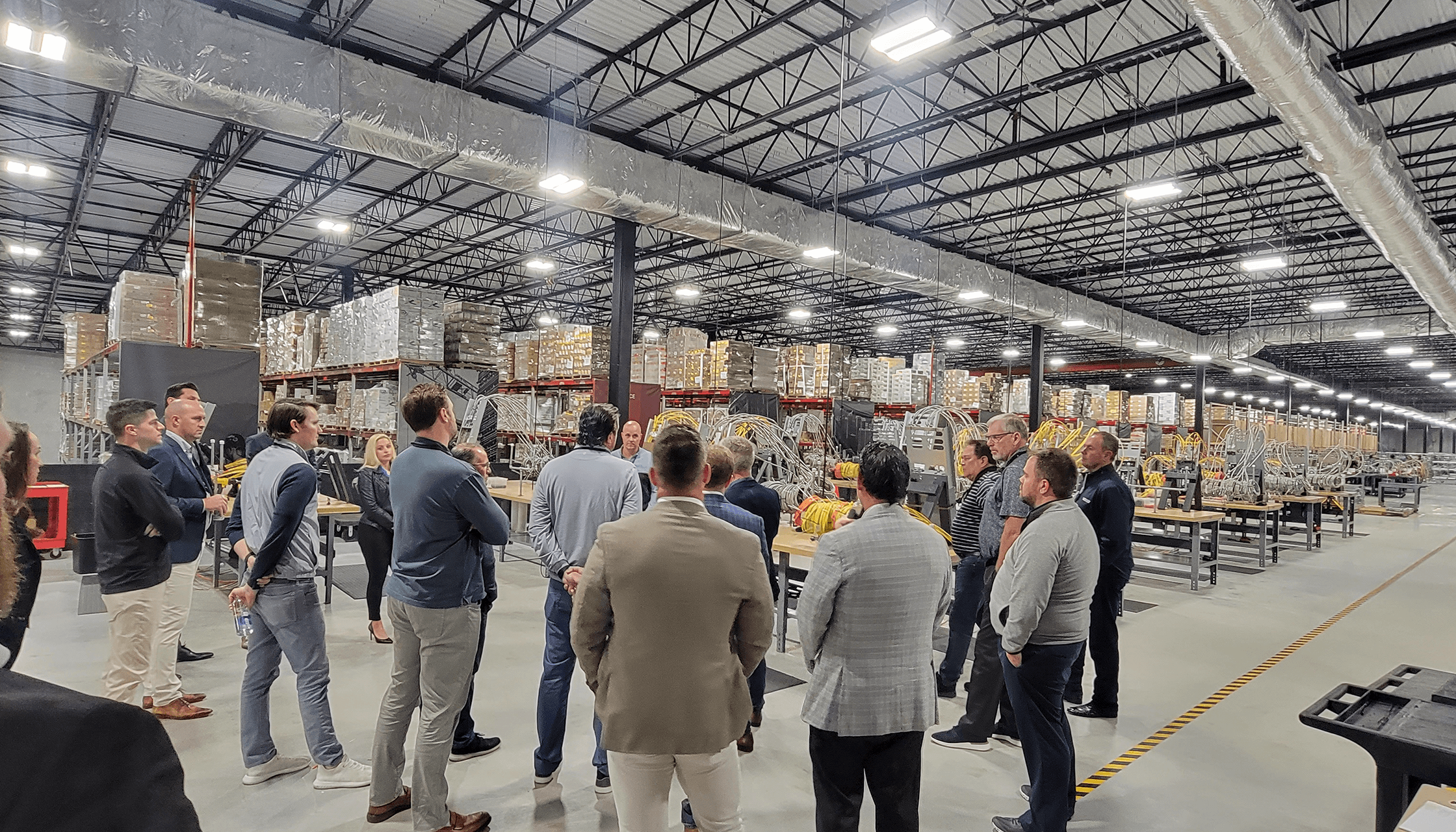

It’s no secret that over the past few years, our industry has seen changes that continue to widely affect our business today. From soaring construction costs and rising interest rates to extensive supply chain timelines and labor shortages, the pressures on the multi-family market are changing faster than ever.
These issues and others were discussed during the 5th Annual Power Design Developers Summit, where developers from all over the country came together with Power Design to discuss the challenges arising in the industry and ways in which we all can stay ahead of the ever-changing market.
Market Pressures on the Industry:
Supply Chain Timelines & Construction Costs — During the Developers Summit, many concerns were brought up regarding material lead times and costs associated with them. Everyone within the construction industry has seen drastic increases in prices and lengthy fulfillment times for job site materials and those issues are factoring into current projects, as well as future projects. The extended lead times on many products like transformers, panelboards, and switchboards are currently ranging from 40 to 100 weeks; they continue to lengthen because the demand continues to come in, but factories currently can’t meet that demand.
Labor Shortages — In addition to the supply chain issues, Developer Summit attendees discussed the desperate need for workers as labor shortages continue to be a common theme in all industries. Close to 80% of construction companies in the United States are struggling to hire despite raising wages. According to the Association of Builders and Contractors, the U.S. will need an additional 546,000 workers on top of normal pace to meet labor needs in construction – this is mainly due to the influx from the Federal stimulus packages focusing on reshoring manufacturing to the U.S. and the rapid building of the country’s infrastructure.
While those challenges are causing multi-family developers to put some projects on pause, other markets like industrial, commercial, and infrastructure are hitting the gas on their projects – causing the above resource strains, which will only be exacerbated more with the addition of multi-family projects needing the same resources.
Staying Ahead of the Pressure
But as discussed during the Developers Summit, it’s not all doom and gloom for our industry – there are strategic ways in which we can all work together as we continue to shape the skylines of our country.
Speed to Design — Design is key to any project – it can make or break it. Because design can influence the project’s budget, materials, and labor, it is vital to get the design right at the beginning. We all know that having to redesign only increases the likelihood of rate hikes, timeline delays, and fulfillment interruption. The design process should not only include identifying inefficiencies but also constructability, code, and coordination. It is estimated that reworks of faulty or incorrect builds account for nearly 30% of construction industry costs. This is where virtual design construction and Building Information Modeling (BIM) come in clutch for the industry, including at Power Design. With the backing of our more than 270-person engineering division covering electrical, mechanical, plumbing, lighting, and systems technologies design, we can provide a product that is more detailed and precoordinated for constructability. At Power Design we evaluate constructability and feasibility into our design and know exactly how it all impacts the project lifecycle.
Speed to Deliver — When designing and planning out materials for the job, take into consideration the systems and materials that are available or have shorter lead times. Availability, of course, can speed up the process of getting the items to your job site and installed. Power Design knows what materials and systems are available, as well as the lead times, as our teams stay on top of the market changes to ensure materials are available for all our projects across the country. During the design process, our team advises our partners on the best choices for the project overall. By making these selections early, you’re protected from delays and inflation.
Speed to Build — One of the biggest takeaways during the discussions from Developer Summit revolved around when to issue projects’ letters of intent (LOI) with contractors. The major advantage of signing the LOI early with the contractor, like Power Design, is that it allows us to lock in the materials that were identified during the design phase to avoid missing the project’s deadlines because of the long lead times. The signed LOI allows us to not only order the materials immediately to meet deadlines, but it also can save money – avoiding price inflation, interest rates rising, and rushed delivery fees.
No matter what the changes are, it was clear during the 2023 Developer Summit what the best way to navigate the ups and downs is – being early in every part of the project lifecycle. From getting to the design table quickly and transparently to locking your project partners in early so they can hit the ground running, there are many ways we all can stay ahead of the ever-changing market.
By: admin
Explore Power Design's blog for insights on community initiatives, industry expertise, company news, and workplace culture, authored by our team.
By: admin
Explore Power Design's blog for insights on community initiatives, industry expertise, company news, and workplace culture, authored by our team.

